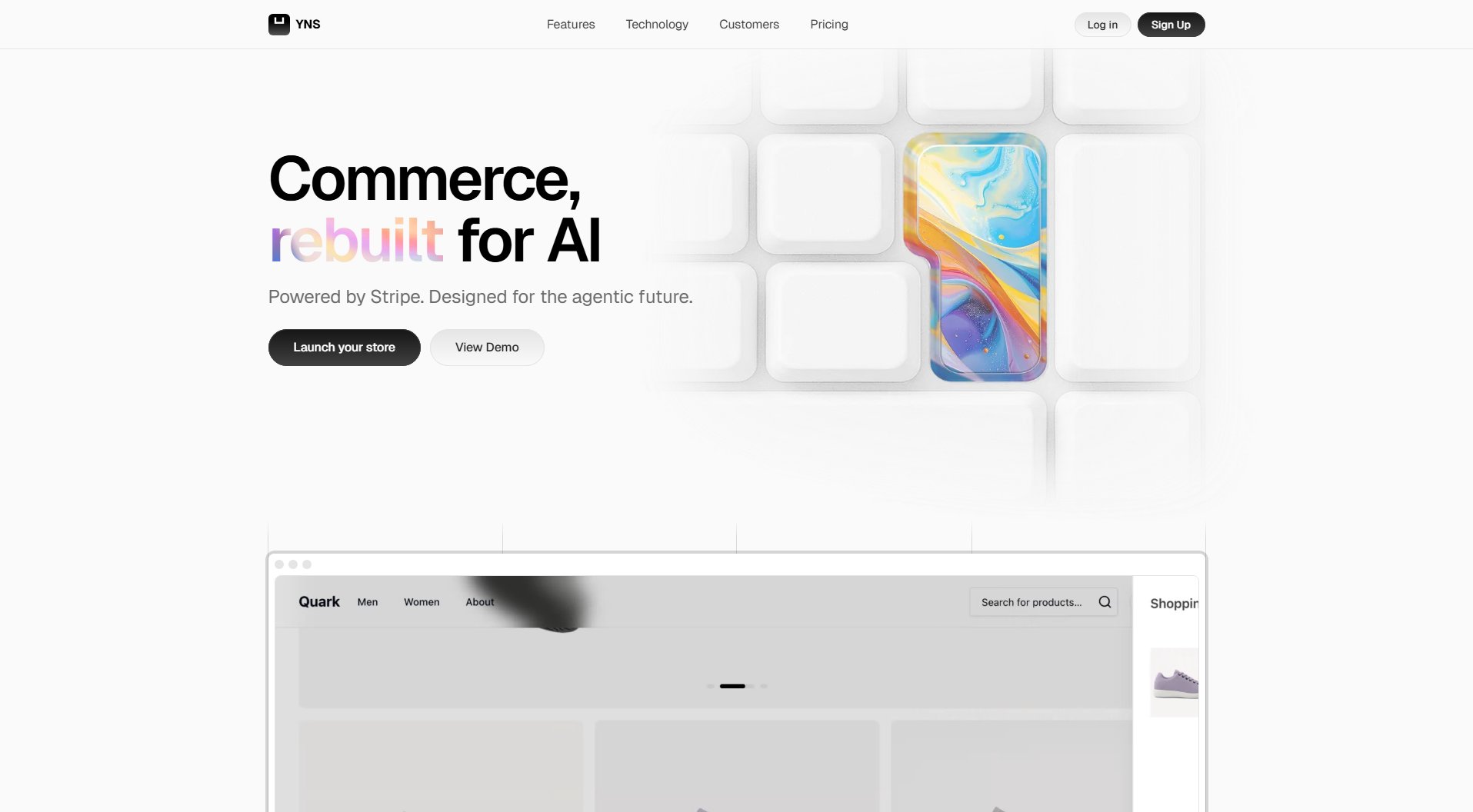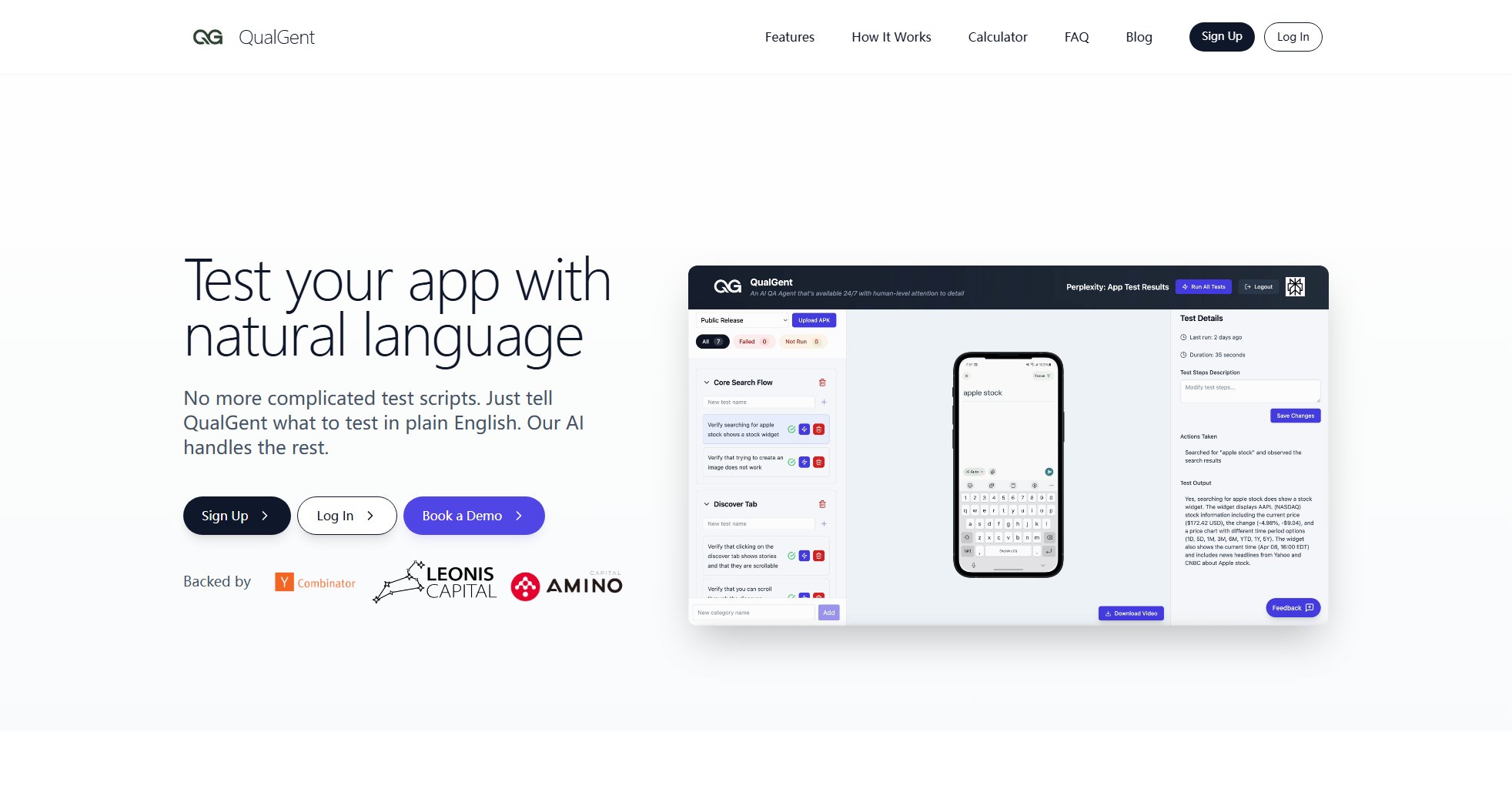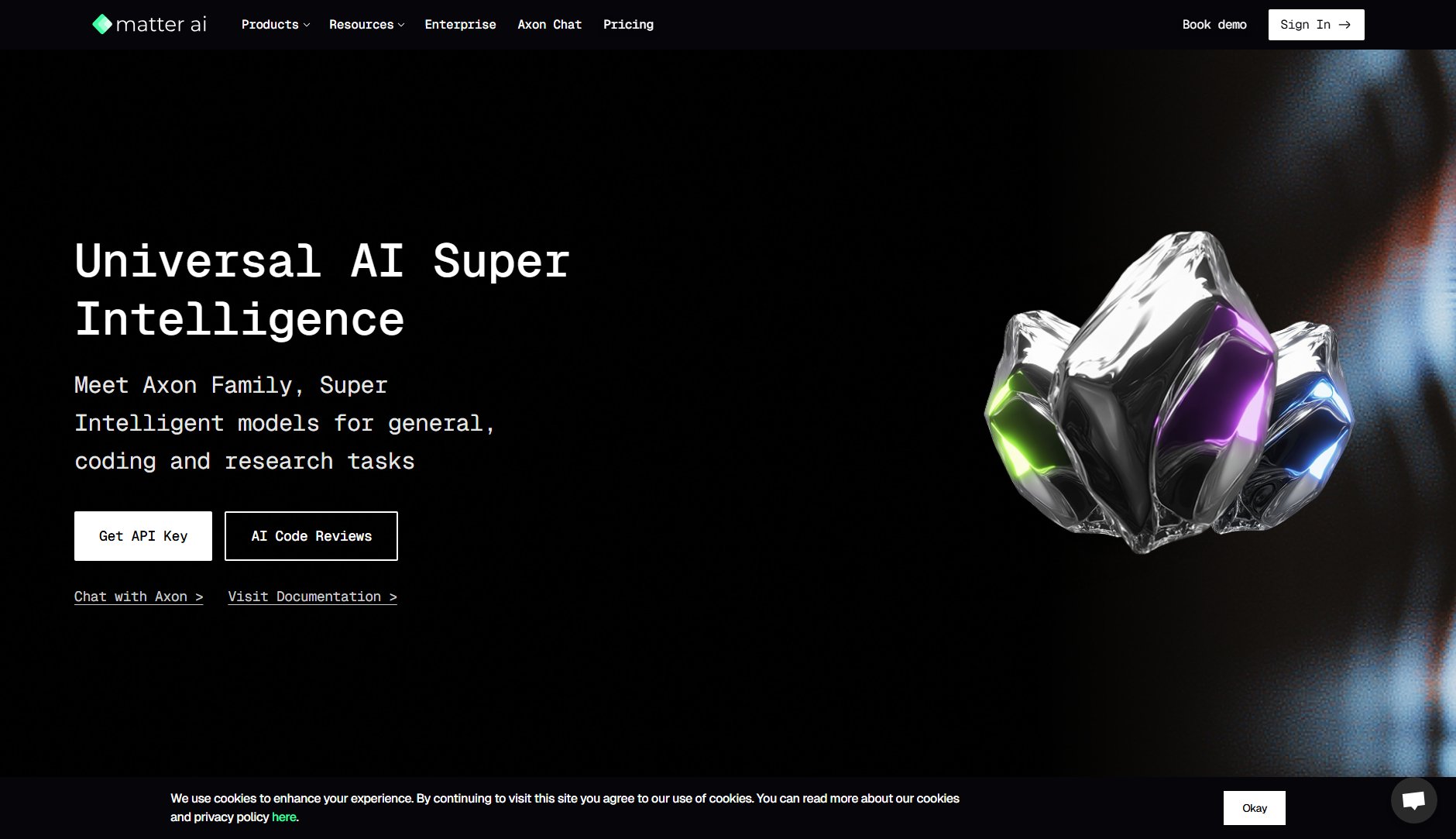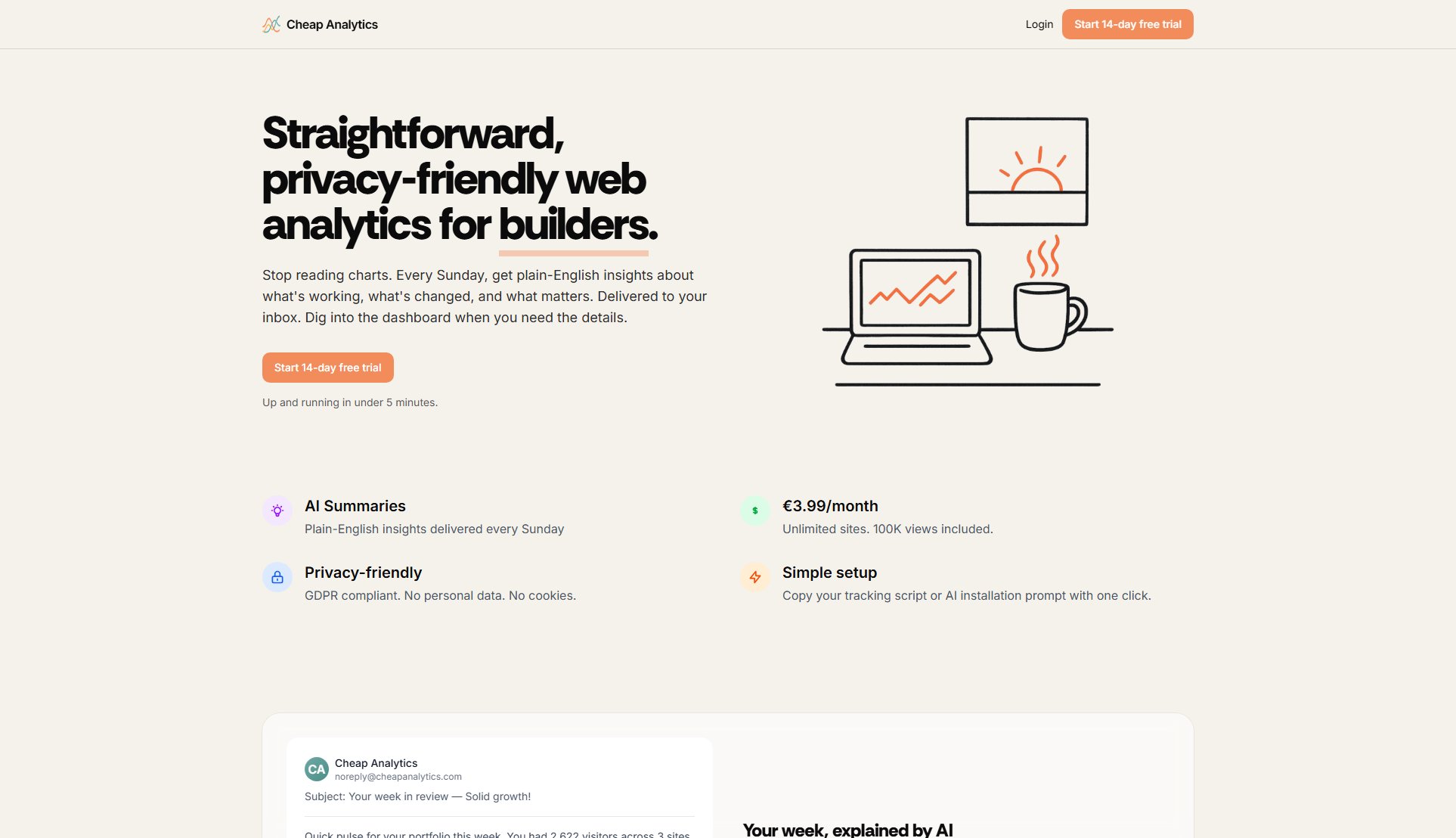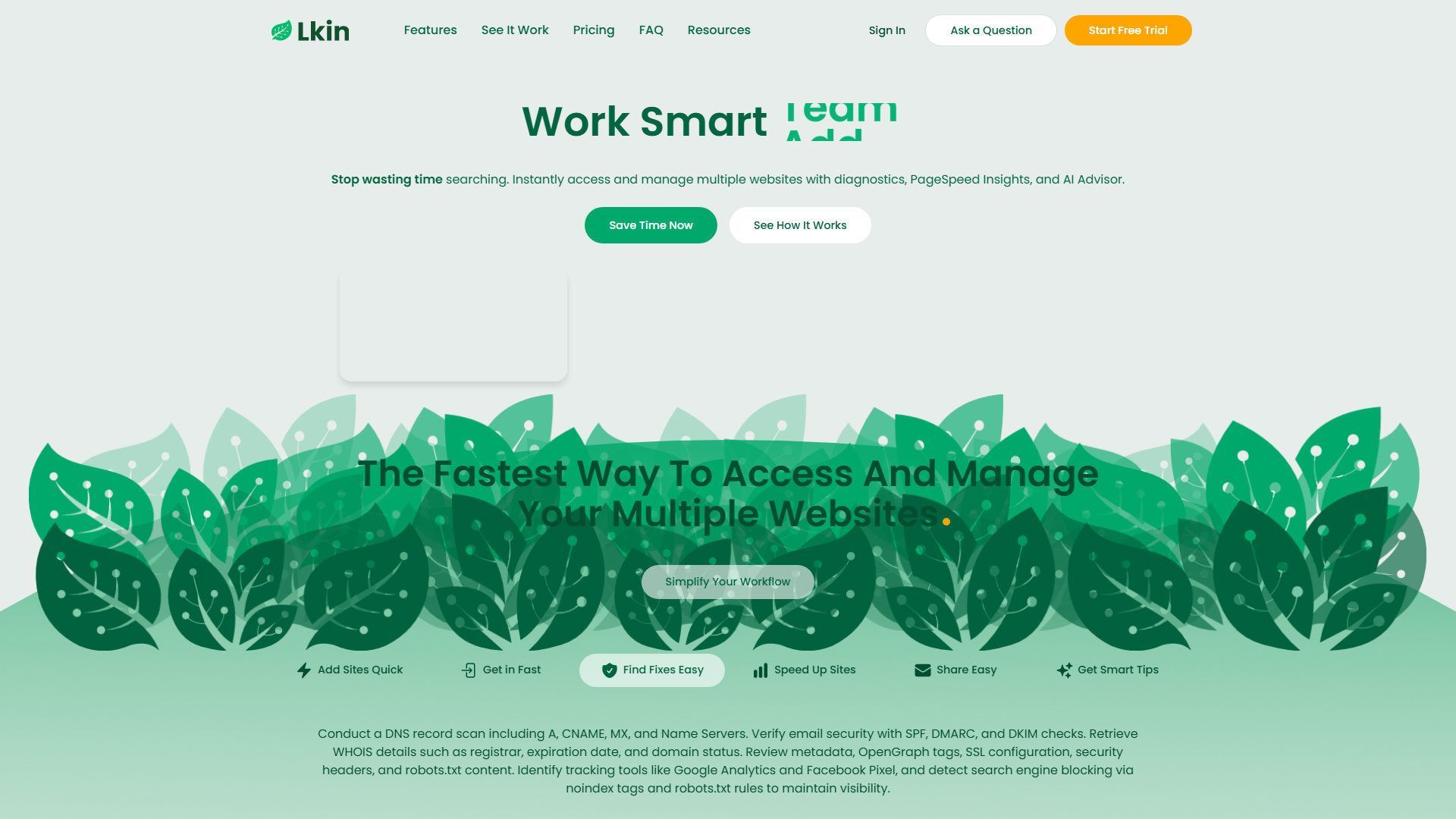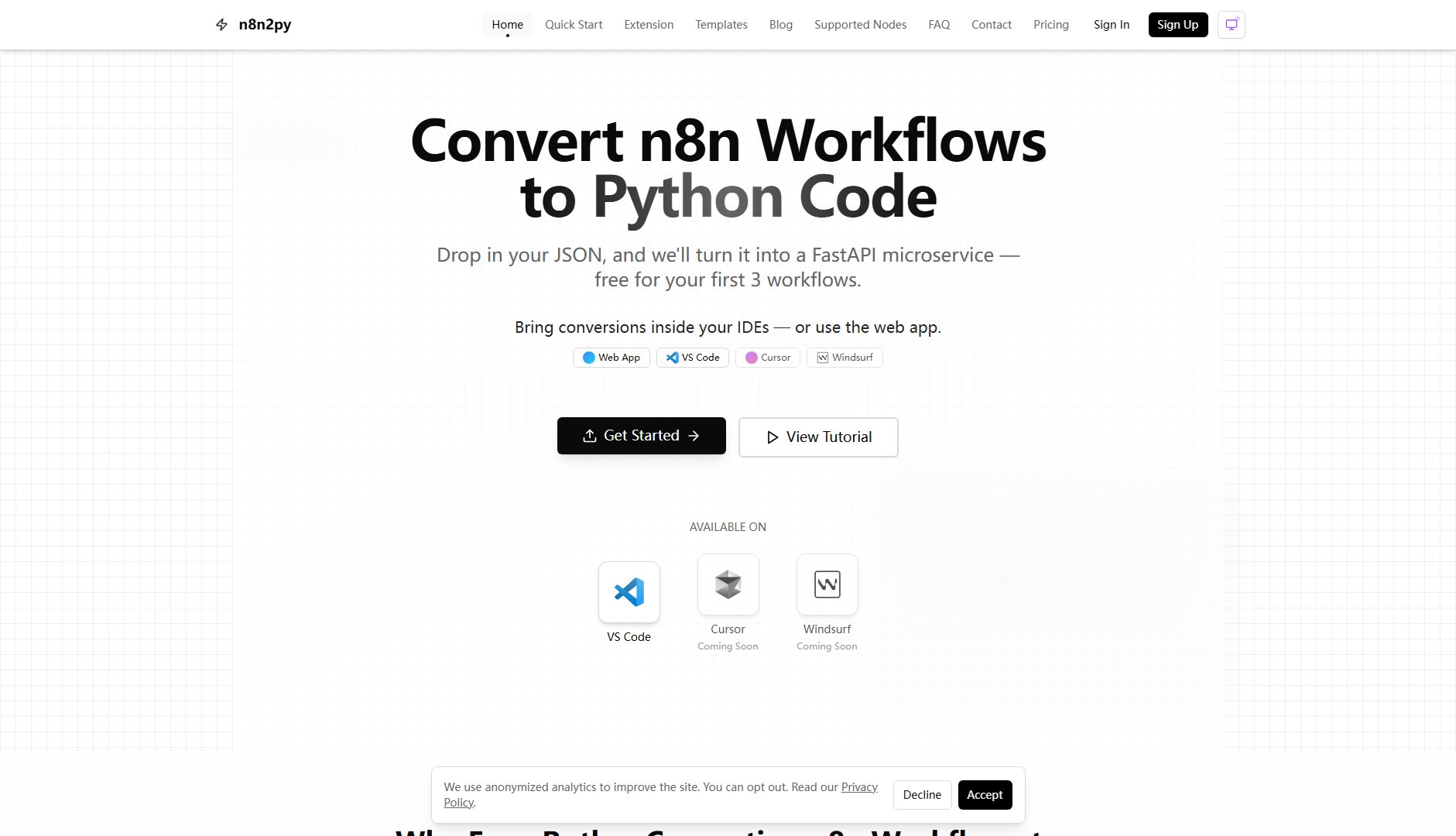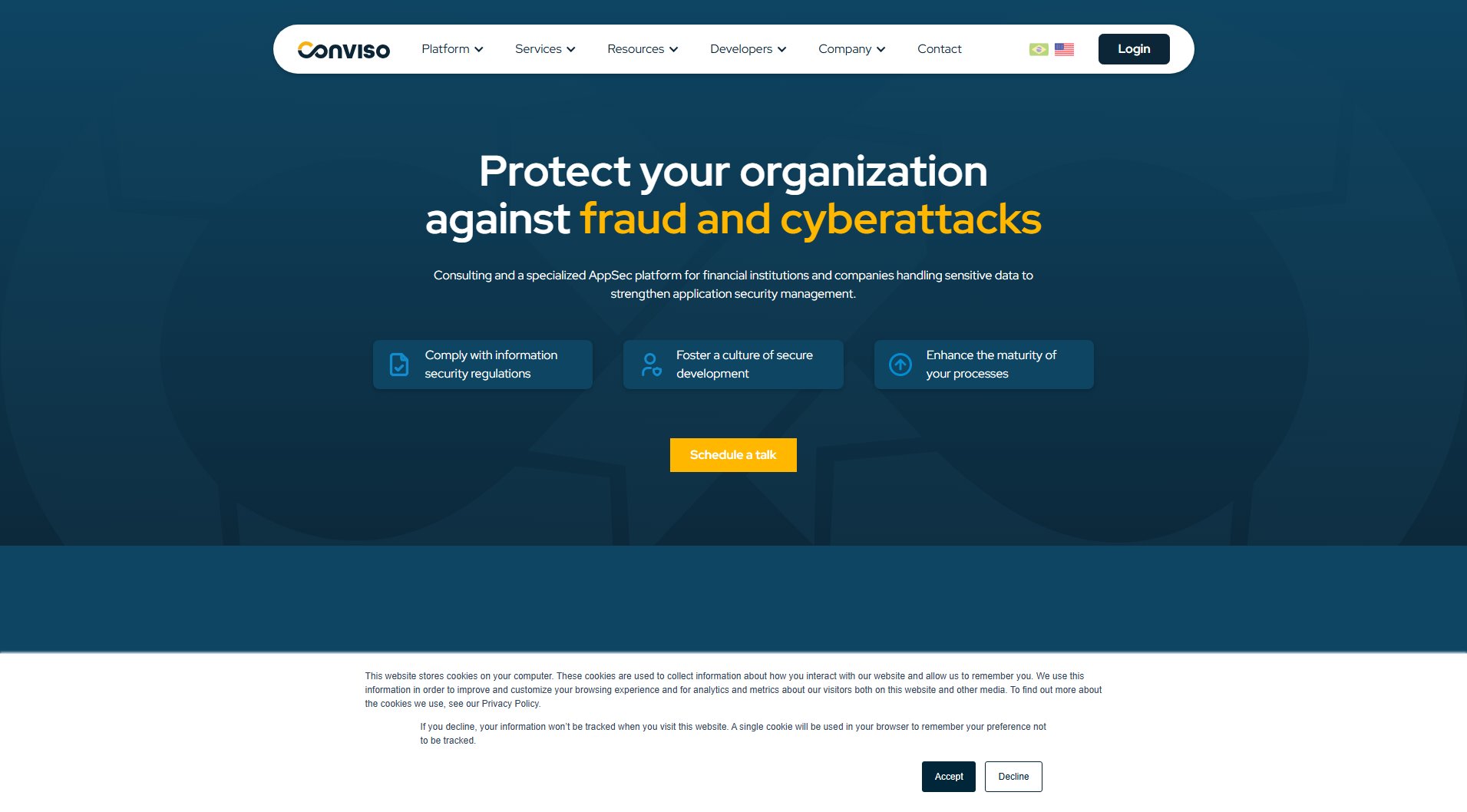Render
Effortless cloud deployment and hosting for your applications
What is Render? Complete Overview
Render is a cloud platform designed to simplify the deployment and hosting of applications. It provides a seamless experience for developers by automating the setup and management of infrastructure, allowing them to focus on building their applications. Render supports a variety of applications, from web apps to APIs, and offers features like automatic scaling, environment variable injection, and real-time logging. The platform is ideal for developers, startups, and enterprises looking for a hassle-free deployment solution that scales with their needs. By handling the complexities of cloud infrastructure, Render enables faster development cycles and more reliable application performance.
Render Interface & Screenshots
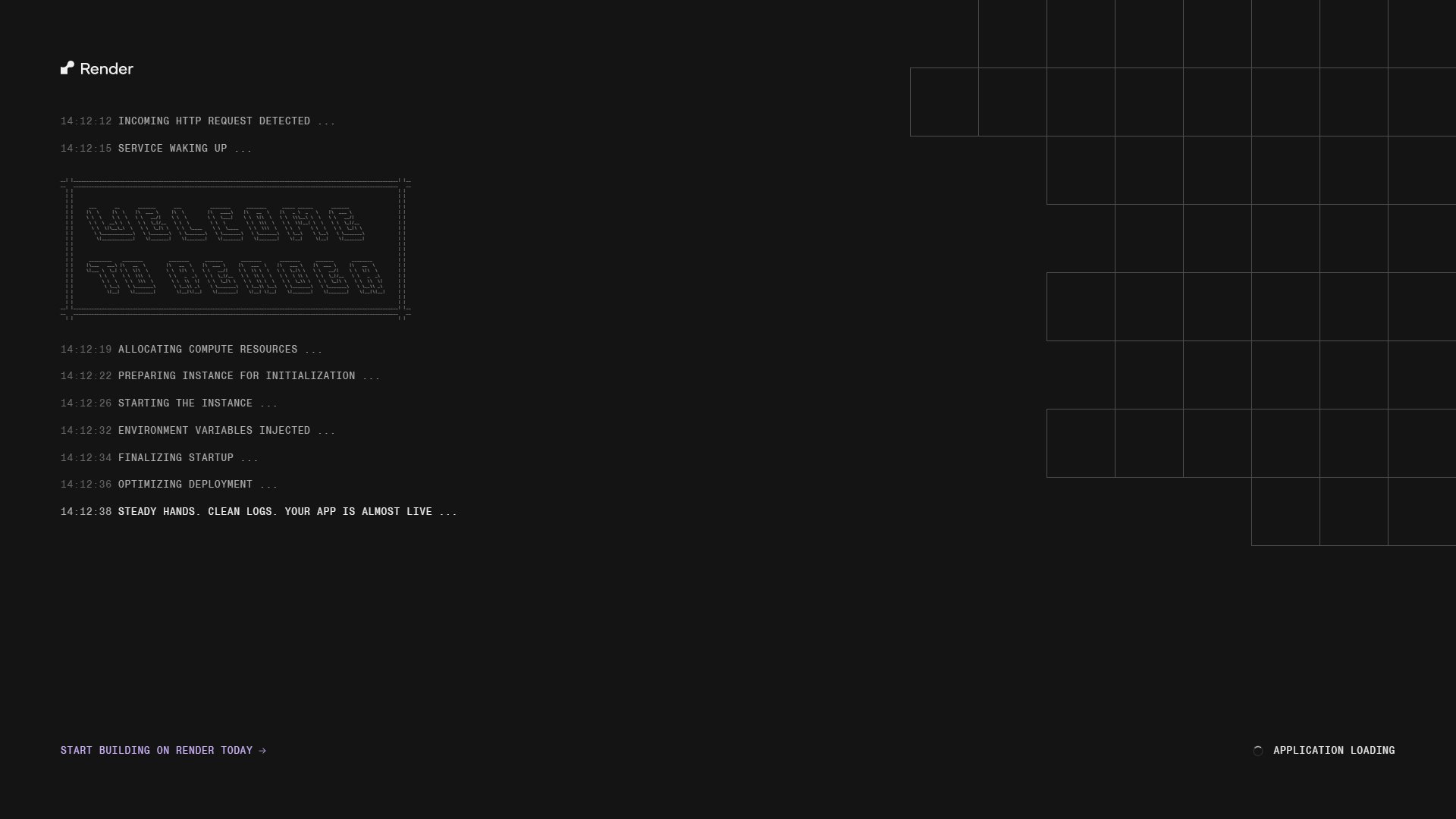
Render Official screenshot of the tool interface
What Can Render Do? Key Features
Automatic Scaling
Render automatically scales your application based on traffic, ensuring optimal performance during peak times and cost efficiency during low usage. This eliminates the need for manual scaling configurations and reduces the risk of downtime.
Environment Variables
Securely manage and inject environment variables into your application. Render ensures that sensitive configuration data is handled safely and is readily available to your application during runtime.
Real-time Logging
Gain insights into your application's performance with real-time logs. Render provides detailed logging that helps you monitor and debug your application efficiently.
Easy Deployment
Deploy your application with minimal configuration. Render supports continuous deployment from GitHub, GitLab, and other version control systems, making it easy to push updates.
Managed Infrastructure
Render takes care of all infrastructure management, including server provisioning, load balancing, and updates. This allows developers to focus on writing code rather than managing servers.
Best Render Use Cases & Applications
Web Application Hosting
Host your web applications on Render with zero configuration. Whether it's a personal blog or a business website, Render provides the infrastructure to keep your site running smoothly.
API Deployment
Deploy APIs quickly and reliably. Render's automatic scaling ensures your API can handle varying loads without manual intervention.
Startup MVP
Launch your startup's minimum viable product (MVP) on Render. The platform's ease of use and scalability make it perfect for startups looking to iterate quickly.
How to Use Render: Step-by-Step Guide
Sign up for a Render account and log in to the dashboard.
Connect your GitHub, GitLab, or other version control system to Render for seamless deployment.
Configure your application settings, including environment variables and scaling options.
Deploy your application with a single click. Render will handle the rest, from provisioning resources to optimizing performance.
Monitor your application's performance and logs through the Render dashboard to ensure everything is running smoothly.
Render Pros and Cons: Honest Review
Pros
Considerations
Is Render Worth It? FAQ & Reviews
Render supports a wide range of applications, including web apps, APIs, static sites, and backend services. It's versatile enough to handle most modern application needs.
Yes, Render offers a free tier with basic features, which is great for testing and small projects. For more resources and features, you can upgrade to a paid plan.
Render automatically scales your application based on traffic. You can also configure custom scaling rules in the paid plans to suit your specific needs.
Yes, custom domains are supported on all paid plans. You can easily link your domain to your Render application through the dashboard.
Render provides community support for free users, while paid plans include priority and enterprise-grade support options depending on the plan.
